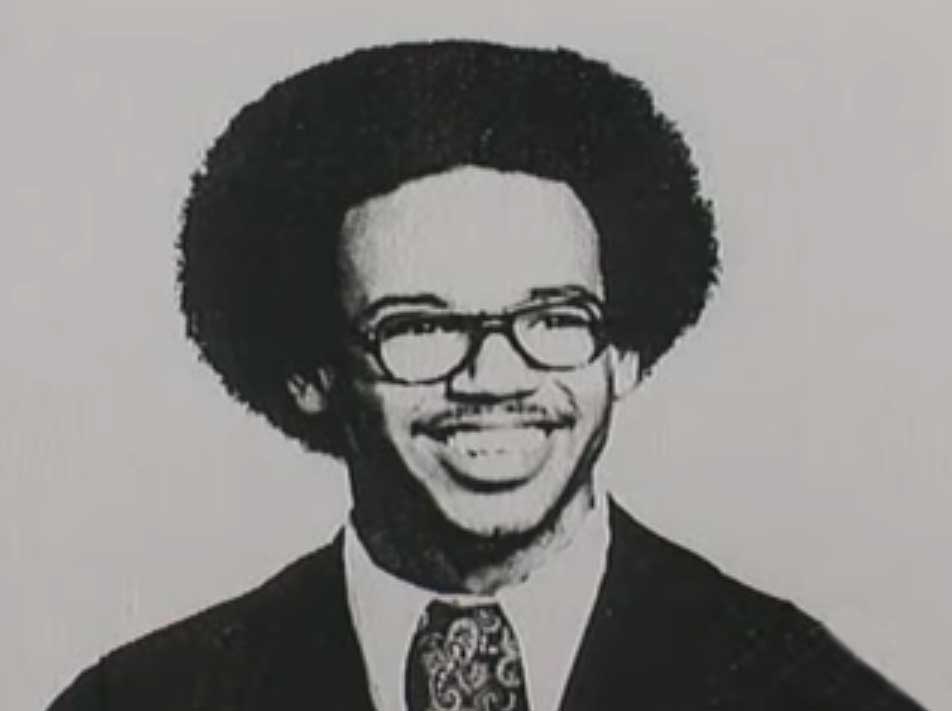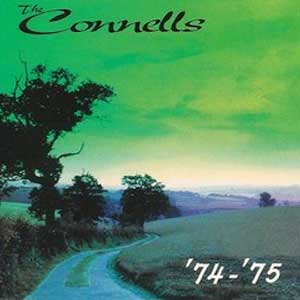Released in 1993 as the third single from The Connells’ fifth studio album, Ring, ’74–’75 is a rare kind of song—gentle, reflective, and emotionally understated, yet powerful enough to become an unlikely international success. While it received only modest attention in the U.S., the song became a massive hit across Europe in 1995, reaching #1 in Norway and Sweden, and charting in the Top 10 in Germany, France, Belgium, the Netherlands, and the UK, where it peaked at #142.
At a time when grunge and Britpop dominated the airwaves, ’74–’75 stood out for its simplicity. It wasn’t loud. It wasn’t trendy. It was just a beautiful, melancholy tune about memory, time, and the way we change.
A song about time and change
Lyrically, ’74–’75 reflects on people growing older and growing apart—specifically, high school classmates from the class of 1974–1975. The narrator looks back with a mix of affection and sadness, quietly mourning the passage of time and the emotional distances that form over the years.
Lines like: “Got no reason for coming to me / In the rain running down…” “I was your sorry ever after / Seventy-four, seventy-five” …convey a sense of unresolved connection—like a letter to someone never mailed. It’s not bitter. It’s not nostalgic in the sugary sense. It’s quietly devastating in the way real memories are—honest, a little faded, and hard to fully explain.
Sound: melancholy with muscle
Musically, the song is as restrained as its lyrics. Built around acoustic guitar, subtle strings, and a mid-tempo rhythm, it carries the melody forward without ever forcing it. Vocalist Doug MacMillan sings in a low, measured tone that perfectly matches the song’s emotional weight.
The production, led by Lou Giordano and the band themselves, is clean and organic—lacking the distortion-heavy crunch of early-’90s alt-rock but filled with atmosphere and grace. The simplicity is what gives it strength—it doesn’t try to be anything but sincere.

The video that helped tell the story
Directed by Mark Pellington, the music video features former students from the band’s own high school—Needham B. Broughton High School in Raleigh, North Carolina—shown in yearbook-style portraits from the mid-’70s and then in the present day. Seeing the changes in their faces over the years adds a layer of emotional realism to the song’s theme—it’s about real people, real memories, and the unstoppable forward march of time4.
The video became especially popular on European music channels, adding a visual hook that made the song even more resonant.
A slow burn to cult status
In the U.S., ’74–’75 didn’t chart, but in Europe, it was everywhere in 1995—on radio, TV, and compilations. The Connells found themselves playing massive European festivals and opening stadium shows for Def Leppard, despite being virtually unknown at home5.
Though they never had another song reach the same heights internationally, ’74–’75 gave them a place in pop history and a loyal fan base that never really faded. It was certified Gold in Germany and Sweden, Platinum in Norway, and Silver in the UK.
’74–’75 is the kind of song that sneaks up on you—unassuming, heartfelt, and quietly timeless. It speaks to the ache of looking back, of wondering who you were and who the people around you became. In just a few verses and a gentle melody, The Connells captured something deeply human. It may have been about the class of ’74 and ’75, but the feeling is universal—and that’s why it still resonates decades later.
